

— Products —
 Consumer hotline +8618073152920
Consumer hotline +8618073152920 WhatsApp:+8615367865107
Address:Room 102, District D, Houhu Industrial Park, Yuelu District, Changsha City, Hunan Province, China
Weather Stations
Photosynthetic Active Radiation Sensor(PAR Sensor) also known as the number of light quantum,is mainly used to measure the photosynthetic effective radiation of natural light in the wavelength range from 400 to 700 nm,and it is easy to use, which can be directly connected with digital voltmeters or data collectors and can be used under all-weather conditions.It is important to note that the output of the PAR sensor does not directly represent the photosynthetic rate or growth···
Tel/WhatsApp:+8615367865107
Email:Arvin@niubol.com +Nearly 100 partner company in more than 68 countries. We are committed to providing high-quality, practical products to meet your needs and help you solve problems.Product Details
Photosynthetic Active Radiation Sensor:
Photosynthetic Active Radiation Sensor(PAR Sensor) also known as the number of light quantum,is mainly used to measure the photosynthetic effective radiation of natural light in the wavelength range from 400 to 700 nm,and it is easy to use, which can be directly connected with digital voltmeters or data collectors and can be used under all-weather conditions.
It is easy installation and can work continuously in all weathers. When there is sunlight, voltage output proportional to incident light intensity will be generated by the Silicon photodetector in the sensor. Its sensitivity is proportional to the cosine of incident light direct angle. Each product is with one sensitivity coefficient respectively.It can directly output radiation value in unit of μ*mol/m2*s.
Spectral range: | 400~700nm |
| Range: | 0-2000 W/m2 |
| Power supply: | DC 12V-24V |
Output: | 0~2.5V / 0~5V/ RS485 |
| Instrument cable length: | 2.5 meters |
| Response time: | Approx. 1s (99%) |
| Temperature correlation: | Maximum 0.05%/°C |
| Cosine correction: | up to 80° incidence angle |
| Operating temperature: | -40 to 65°C |
| Relative humidity: | 0 to 100%RH |
| Sensitivity: | 5 to 50µv/µmol-s¹ |
Photosynthetic Active Radiation Sensor(PAR Sensor) is widely used in the study of agricultural meteorology and crop growth.

Photosynthetic Active Radiation Sensor(PAR Sensor) Product Description:
This par sensor can be used alone for outdoor monitoring of radiation driving photosynthesis, or it can be used with a fixed weather station. Get accurate and cost-effective measurements of photosynthetically active radiation (PAR) from all light sources used to grow plants.
Photosynthetically active radiation sensors are designed to measure light intensity at frequencies associated with photosynthesis. This par sensor has a measurement range of 0 to 2000 W/m2 and a wavelength range of 400 to 700 nm.
All aluminum shell material, good waterproof, can be used outdoor for long-term monitoring. Provide you with RS485/0-5V and other signal output methods.
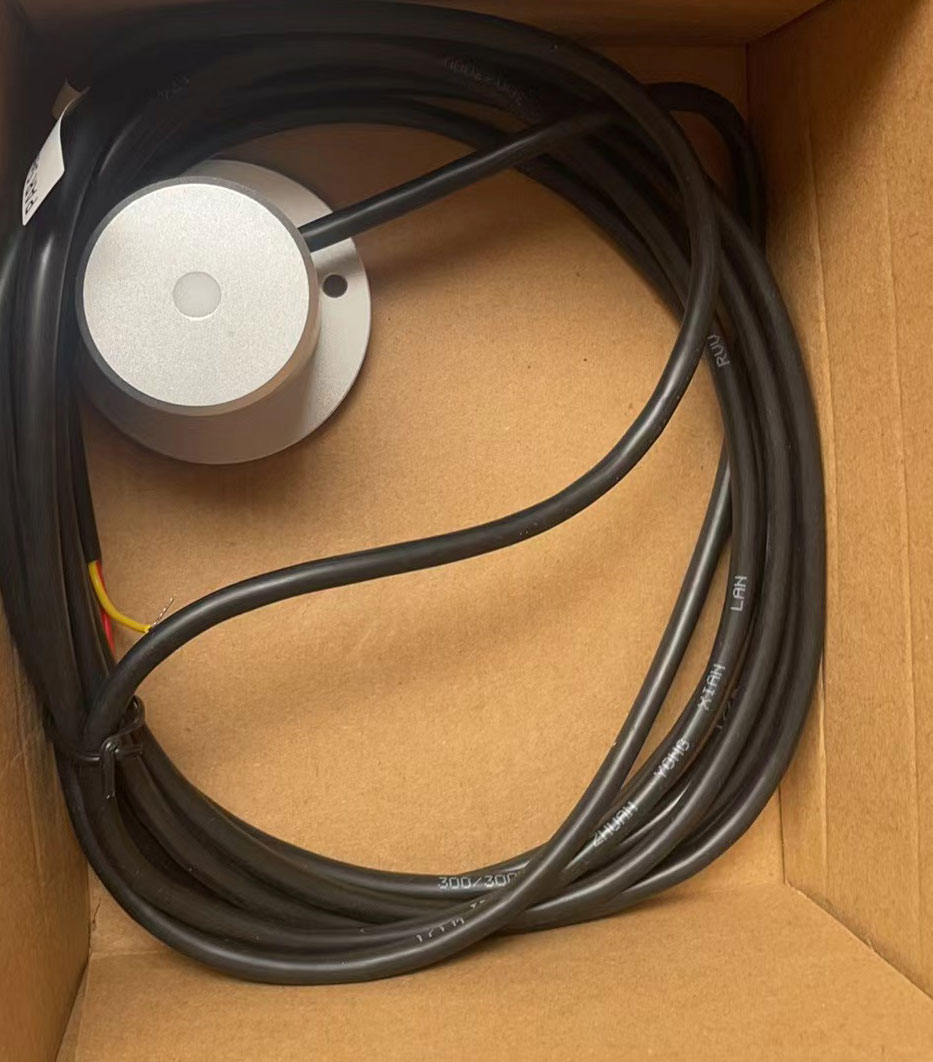
PAR Sensor Features
The Photosynthetic Active Radiation Sensor (PAR sensor) adopts the principle of photoelectric induction. The par sensor working principle: when there is light, a voltage signal proportional to the intensity of the incident radiation is generated, and its sensitivity is proportional to the cosine of the direct angle of the incident light.
This par sensor uses high-precision photoelectric sensing elements, with high absorption in the 400-700nm spectral range and good stability. The shell adopts special treatment to reduce dust adsorption and effectively prevent the external environment from damaging the internal components.
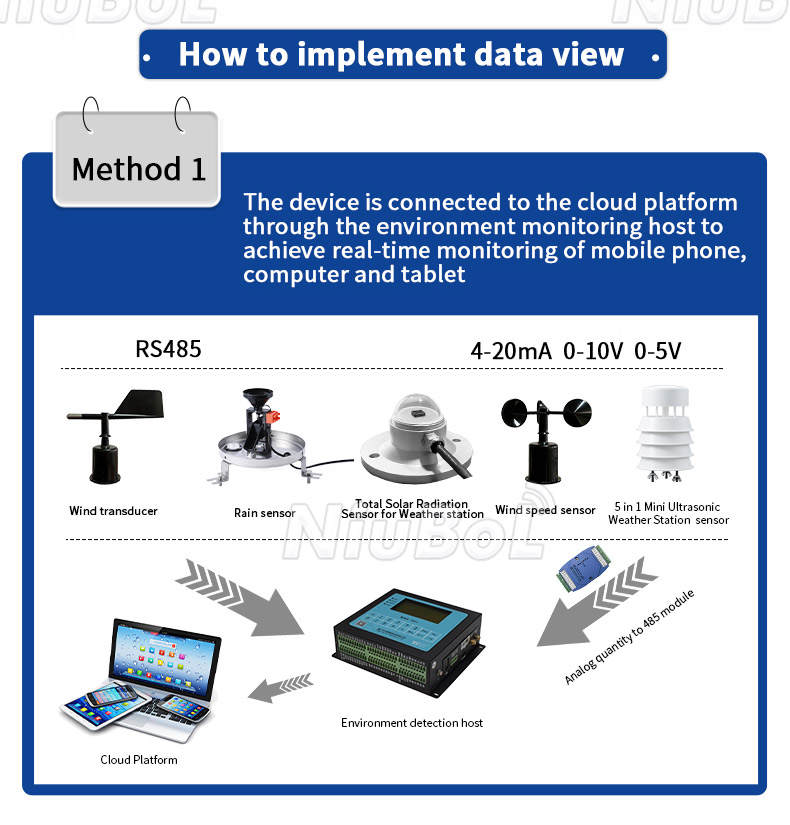
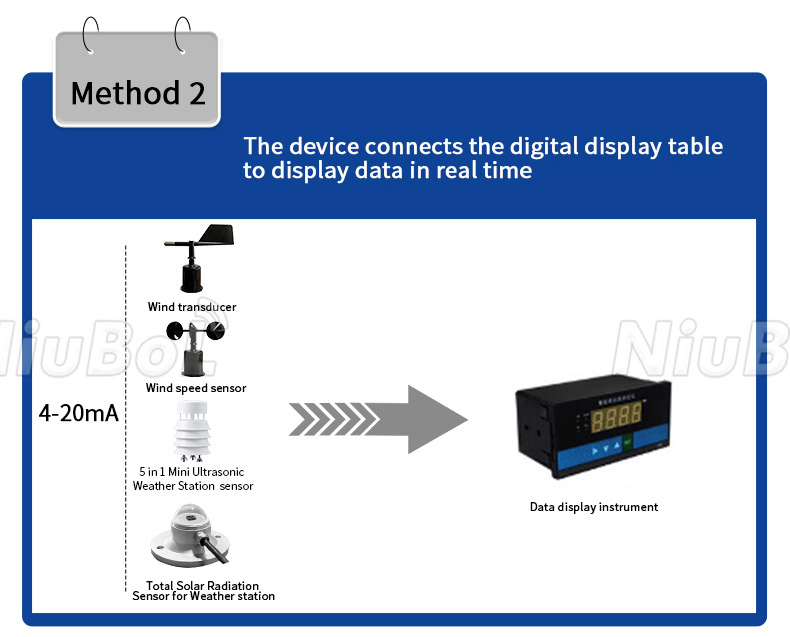
How does a Photosynthetic Active Radiation Sensor(PAR sensor) work?
The working principle of the PAR sensor is based on the principle of photoelectric sensing, i.e., when light is irradiated, photons interact with the photodiode in the sensor, generating electron-hole pairs, which in turn generate a current in the photodiode. The magnitude of this current is proportional to the intensity of the incident light, so by measuring the magnitude of this current, the intensity of the light irradiating the sensor can be known.
In a PAR sensor, this photodiode is encapsulated in a filter that transmits visible light in order to make it respond only to visible light. When photosynthetically active radiation (PAR) hits the sensor, a current signal is generated that is proportional to the PAR intensity, and this signal can be further processed and recorded.
Ultimately, the PAR sensor outputs an electrical signal representing the PAR value. This PAR value represents the intensity of light in the range of 400-700 nanometers, i.e. the photosynthetically active radiation absorbed by the plant.
It is important to note that the output of the PAR sensor does not directly represent the photosynthetic rate or growth status of the plant; it only provides a measurement of light intensity. Other factors, such as temperature and humidity, also have an impact on plant growth. Therefore, in practical applications, other parameters and models need to be combined to further analyze and interpret the PAR sensor measurements.
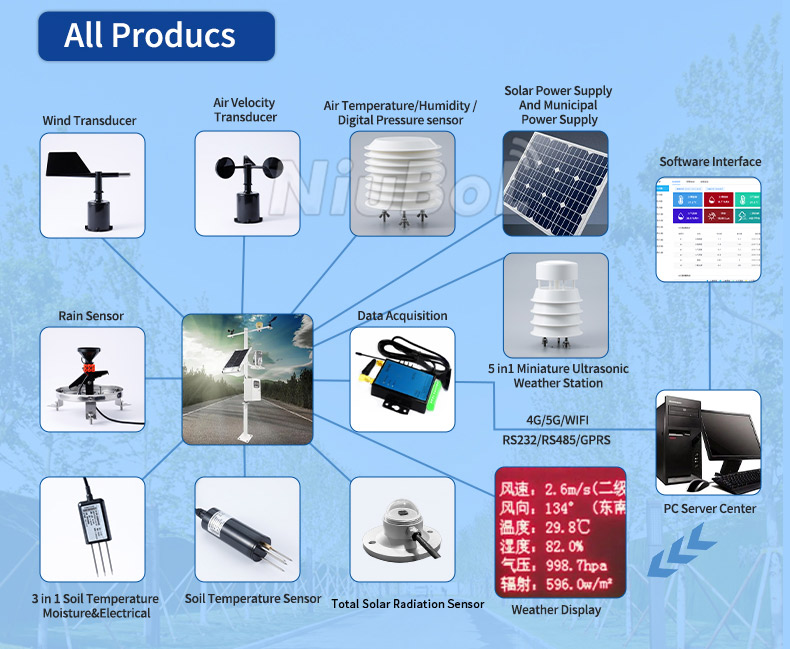
How to measure photosynthetically active radiation?
Measuring photosynthetically active radiation (PAR) can be done using a Photosynthetic Active Radiation Sensor(PAR Sensor). The following are the general measurement steps:
1. Choose a suitable PAR Sensor: Choose a suitable PAR Sensor according to the actual needs, which usually includes a photosensitive element and a light filter.
2. Install the sensor: Install the PAR sensor at the location to be measured, making sure that it can be exposed to the light source to be measured, e.g. sunlight or artificial light source.
3. Calibrate the sensor: Before making measurements, it is often necessary to calibrate the PAR sensor. The calibration process may vary depending on the sensor model and manufacturer; refer to the sensor's operating manual for the exact calibration method.
4. Take a measurement: Turn the sensor on and begin recording data. The sensor measures the PAR radiation passing through the filter and outputs a corresponding electrical signal.
5. Process and analyze data: Once the electrical signal value from the sensor is obtained, it can be converted to a PAR value. The specific conversion method may vary depending on the sensor model, refer to the sensor's technical specifications and operation manual.
It is important to note that PAR measurements need to be interpreted in the context of other parameters such as photoperiod, temperature, humidity, etc., as well as the physiological characteristics and needs of the plant. In addition, different plants may respond differently to light, so a comprehensive analysis and judgment is needed in conjunction with relevant research and experience when making practical applications.
Why Choose NiuBOL Photosynthetic Active Radiation Sensor(PAR Sensor)?
High accuracy
The built-in sensor adopts high-precision photoelectric sensing element, which has high spectral responsivity and sensitive response to the spectrum of 400~700nm. A high-quality cosine corrector is used to ensure a standard cosine response, which greatly reduces the measurement error.
Long using life
The overall housing of the NiuBoL PAR sensor is made of a special aluminum alloy that will not accumulate dust and rain. This keeps the sensor clean and minimizes errors caused by dust blocking the radiation path. It can also work normally in harsh environments.
Remote monitoring
The par sensor can be connected to the customer’s own data device. Easily access data remotely, so you can view data through computer/APP anytime, anywhere. Accurate indoor/outdoor PAR measurement.
Prev:Mechanical three cup wind speed direction sensor Anemometer for weather station 4-20mA/RS485/Modbus
Sensors & Weather Stations Catalog
Agriculture Sensors and Weather Stations Catalog-NiuBoL.pdf
Weather Stations Catalog-NiuBoL.pdf
Related recommendations
 Wind Speed sensor Output Modbus/RS485/Analog/0-5V/4-20mA
Wind Speed sensor Output Modbus/RS485/Analog/0-5V/4-20mA Tipping bucket rain gauge for weather monitoring auto rainfall sensor RS485/Outdoor/stainless steel
Tipping bucket rain gauge for weather monitoring auto rainfall sensor RS485/Outdoor/stainless steel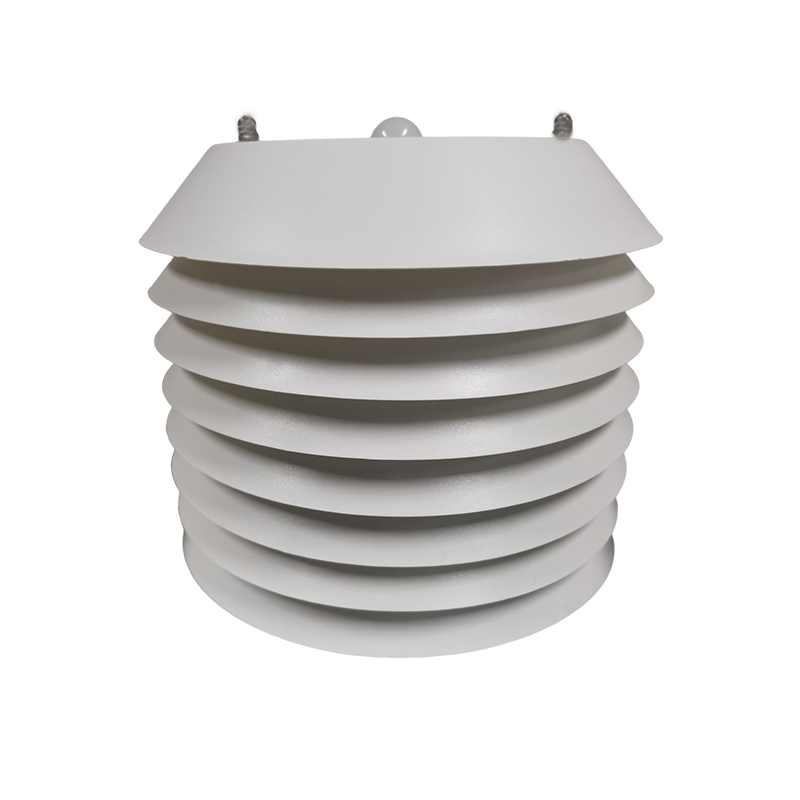 5-in-1 Temperature, Humidity, Air Pressure, Illumination, CO2 Sensor
5-in-1 Temperature, Humidity, Air Pressure, Illumination, CO2 Sensor 5 in1 Ultrasonic weather stations Atmospheric Pressure Temperature Humidity Wind Speed Direction sensor
5 in1 Ultrasonic weather stations Atmospheric Pressure Temperature Humidity Wind Speed Direction sensor 6 in1 Ultrasonic Weather Station Sensor for industrial & agricultural & environmental monitoring
6 in1 Ultrasonic Weather Station Sensor for industrial & agricultural & environmental monitoring 7 in 1 Ultrasonic Weather Station Sensor for Wind speed,Wind direction,Temperature, humidity, pressure,Illumin···
7 in 1 Ultrasonic Weather Station Sensor for Wind speed,Wind direction,Temperature, humidity, pressure,Illumin···
Screenshot, WhatsApp to identify the QR code
WhatsApp number:+8615367865107
(Click on WhatsApp to copy and add friends)